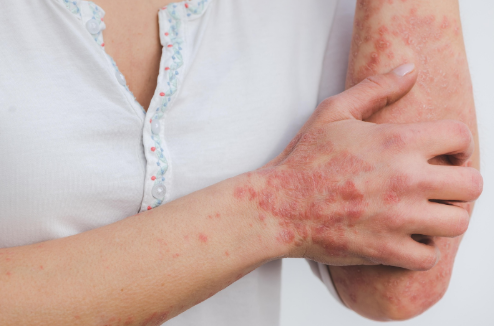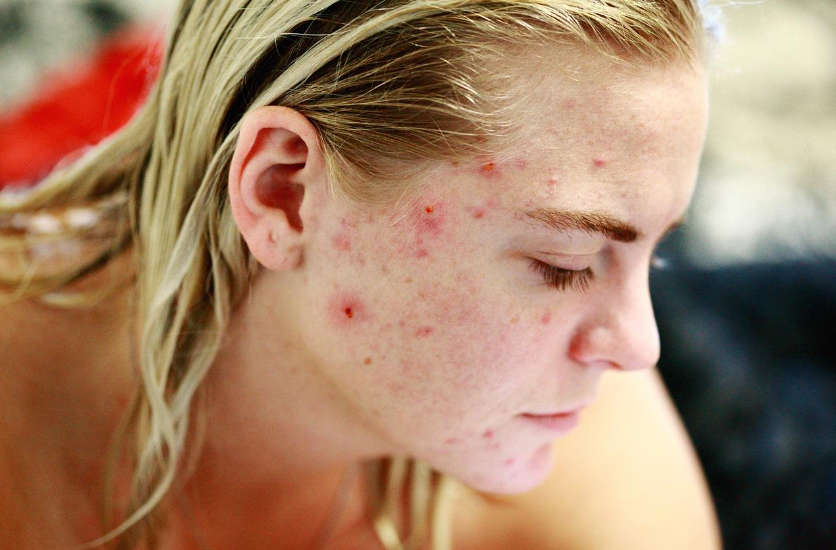Blog Layout
The Mohs Micrographic Surgery Process
Dr. David Roy • September 17, 2019
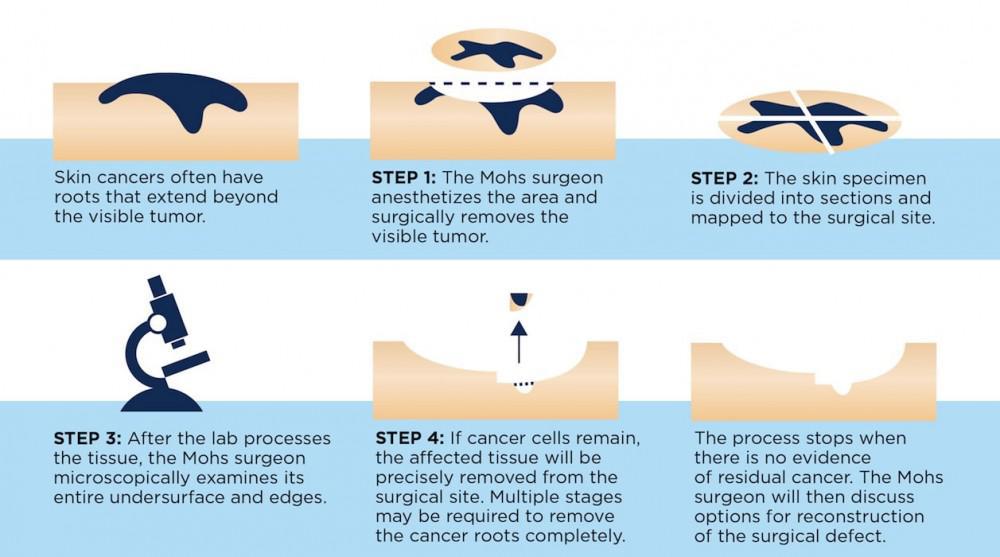
Skin cancer is common. In fact, over the past 30 years more people have had skin cancer than all other cancers combined. A fact that not many people are aware of. The three main types of skin cancer that are diagnosed each year in the United States are:
- Basal Cell Carcinoma – over 4 million Americans a year are diagnosed.
- Squamous Cell Carcinoma – over a million a year are diagnosed.
- Melanoma – nearly 100,000 Americans per year are diagnosed.
While skin cancer has become extremely common, the good news is that when the cancer is detected early, the vast majority of skin cancers are curable. Left untreated, however, skin cancer can continue to grow and become disfiguring. They can eat through tissue and, in some cases, squamous cell carcinoma and melanoma can spread to lymph nodes or other parts of the body and even become life-threatening. Early detection and prompt treatment result in the best outcome.
Treatments for these different skin cancers vary by patient depending on the type, size, patient health, and location on the body. Treatments for skin cancers include excision, topical medications, scraping and burning, freezing, and radiation. While many of these skin cancer treatments result in a cure, sometimes the skin cancer comes back, or recurs. This happens because there are skin cancer cells that aren’t visible or may form roots that extend beyond the visible tumor. If all of the cancer cells are not completely removed, the cancer will grow back and require further treatment. This is where Mohs Surgery is most effective against basal cell carcinomas and squamous cell carcinomas. What are the advantages of this procedure?
- Efficient, cost-effective treatment:
- Single-visit outpatient surgery
- Only local anesthesia is used.
- When we do the procedure at Pine Belt Dermatology you are never put to sleep, we only numb the area being treated.
- Lab work is done on-site
- Precise results:
- Physician examines 100% of the tumor margins.
- Spares the healthy tissue.
- Leaves the smallest scar possible.
- The highest cure rate:
- 99% cure rate for skin cancer that has never been treated before.
- 94% for skin cancer that has recurred after a previous treatment.
So what is Mohs Surgery and what does his procedure’s process look like?
Mohs is performed by doctors who are specially trained to complete this surgery. They are specifically trained to be able to fulfill three roles:
- Act as the surgeon who removes the cancerous tissue.
- Act as the pathologist who analyzes the lab specimens.
- Act as the surgeon who closes or reconstructs the surgical site wound.
Mohs surgery is completed in stages, all in a single visit to our office, while the patient waits in between stages. The surgeon will begin by removing a layer of tissue, and after removing it the surgeon examines it under a microscope. This allows the surgeon to know exactly where the cancer cells are, if any remain at all. From there we remove another layer of the tissue, but only in the precise location of the cancer cells. This is how we are able to preserve the healthiest amount of tissue. We’ll repeat this process until there are no cancer cells remaining.
Mohs surgery is the gold standard for treating basal cell carcinomas and squamous cell carcinomas, including those that are around delicate areas of the skin such as around the eyes, nose, lips, ears, scalp, fingers, toes, breasts, or genitals. This surgery is also ideal for basal and squamous cell carcinomas that are large, aggressive, growing rapidly, that have recurred after previous treatment, or that have indistinct edges. In some scenarios, Mohs can be used to treat some melanomas, but when it comes to treating melanoma, Mohs surgery is not typically the recommended treatment.
In some cases, the Mohs procedure only needs one stage and in others it can take multiple. The number of stages that the surgery will need depends on the area of the body the tumor is located, the size of the tumor, and the depth of the tumor. If surgery takes multiple stages, it is not uncommon for the entire Mohs process to take several hours. There have been a handful of surgeries I have performed that have lasted until well after working hours. However, the long process is worth it, because this allows us to safe the healthy tissue the most of any other treatment, which in turn leaves you with the smallest scar possible to treat the skin cancer. I like to say that Mohs surgery provides the highest cure rate, with the smallest cut.
Pine Belt Dermatology & Skin Cancer specializes in general, medical, surgical, and cosmetic dermatology, however we are best known for the quality of our skin cancer treatment. Mohs Micrographic surgery is a huge part of why we have a reputation of being the skin cancer experts. At the end of 2019, we will be opening a new office in Biloxi with another Mohs surgeon, Dr. Nguyen, further solidifying our reputation as the best at treating skin cancers. I encourage you to check out my future colleague’s bio in the link below!
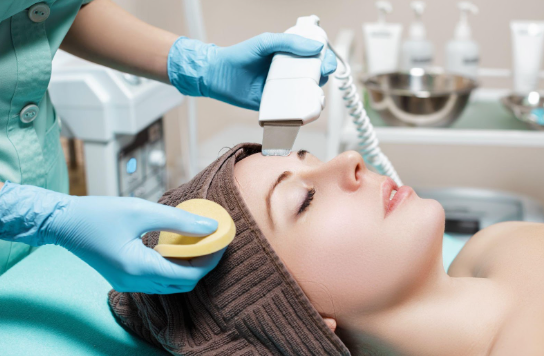
April 7, 2025
Your skin, the body's largest organ, is a vital indicator of your overall health. Changes in its appearance can signal underlying medical conditions that may require attention. Whether it’s ensuring you’re getting the right nutrients, managing stress, or seeking professional care, being attuned to what your skin tells you makes it easier to stay on top of your health.
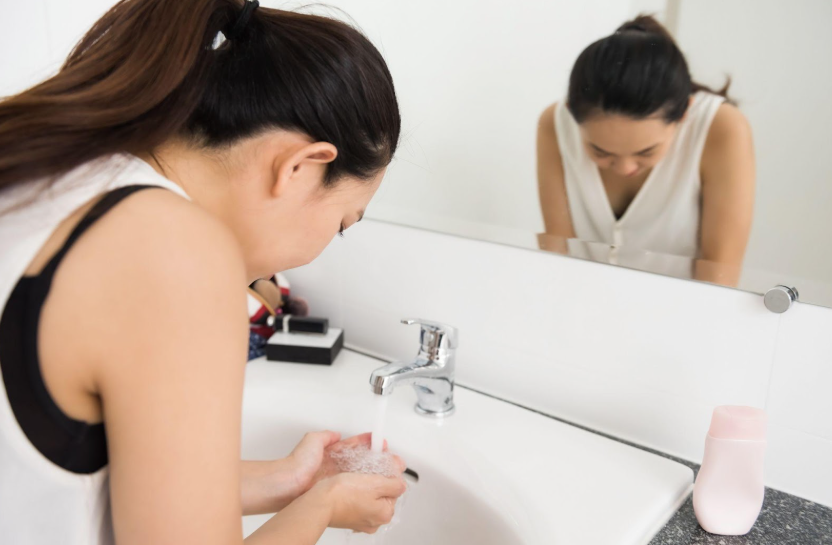
February 14, 2025
Achieving healthy, glowing skin begins with an effective cleansing routine. However, small mistakes can disrupt your skin’s natural balance, leading to irritation, breakouts, or premature aging. Avoiding these common errors and incorporating advanced techniques can significantly impact your skincare journey.

October 25, 2024
You’ve likely felt it in your life: that uncomfortable feeling of tightness, flakiness, and sometimes even itchiness that can make your skin look and feel less than its best. But what exactly causes dry skin, and how do you treat it? Don’t fret because we’ve put together some treatment tips that can help your dry skin regain its moisture.
Petal Office
Phone:
Fax:
601-336-7826
Address:
Hours of Operation:
Mon-Fri: 8:00am to 4:30pm
Hattiesburg Office
Phone:
Fax:
601-475-9969
Address:
Hours of Operation:
Mon-Fri: 8:00am to 4:30pm
Ellisville Office
Biloxi Office
Phone:
Fax:
228-232-0874
Address:
1009 Tommy Munro Drive, Suite A
Hours of Operation:
Mon-Fri: 8:00am to 4:30pm
Ocean Springs Office
© 2025
All Rights Reserved | Pine Belt Dermatology

